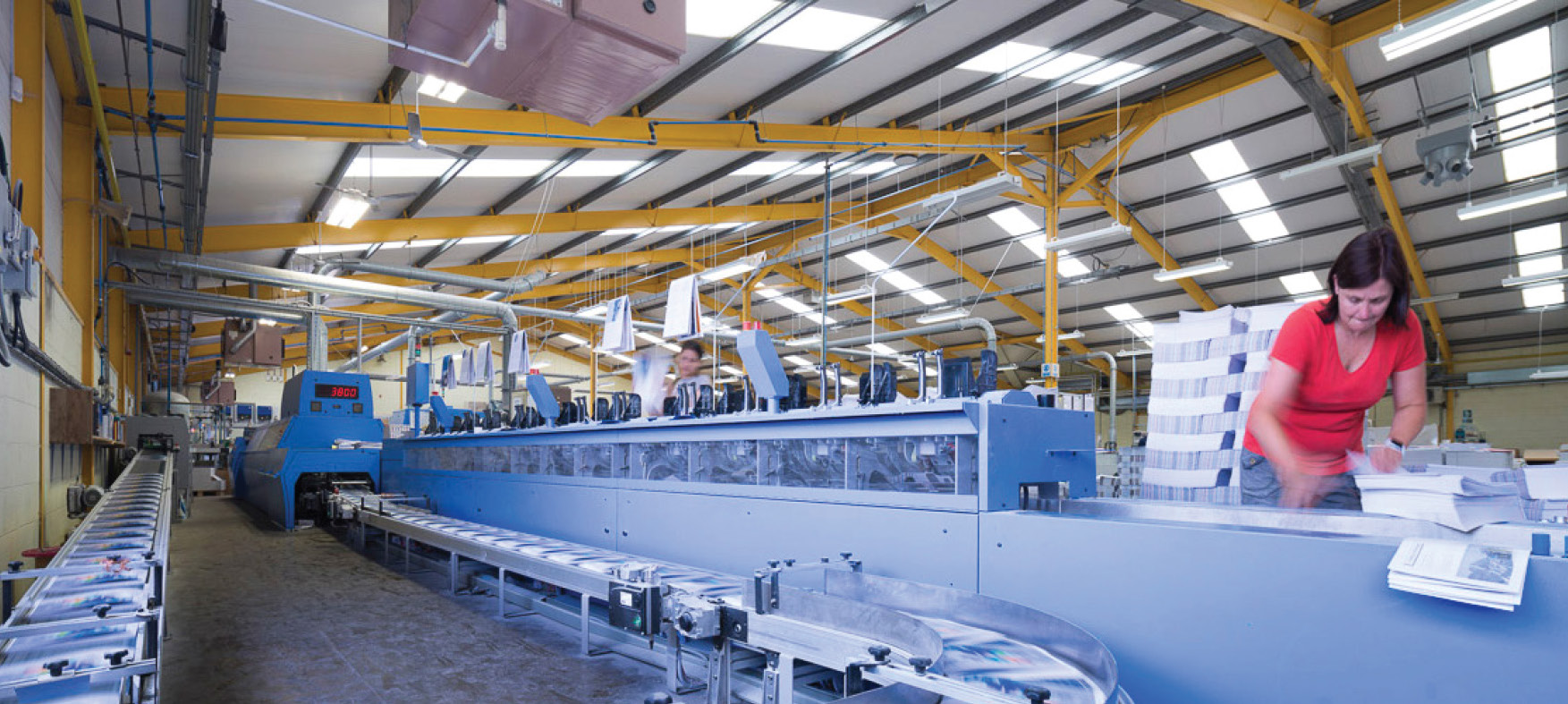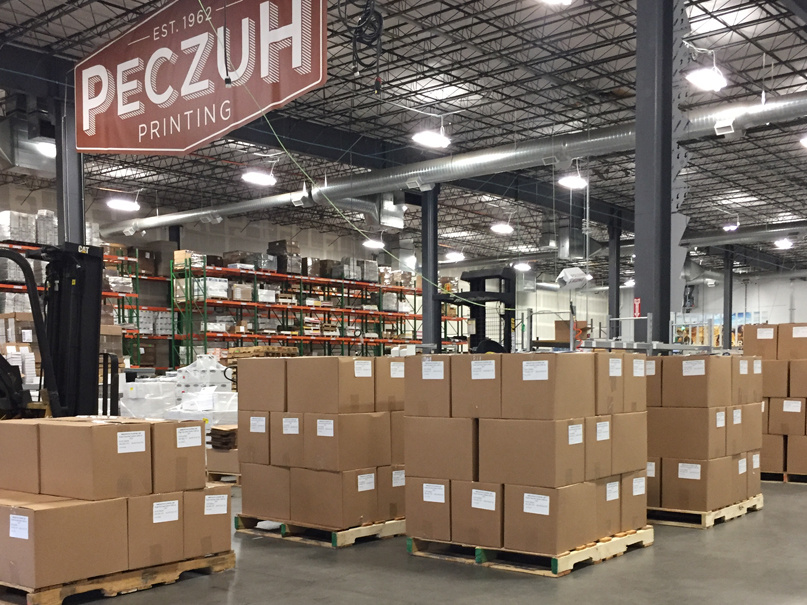How to Stand Out in a Crowded Print Market with Value-Driven Services
Not standing out from the crowd is the same as being invisible. The print industry is changing. The ...
Explore blog articles written by our team of technology experts designed to you to keep up-to-date with trends from within the printing industry, and guidance on how make the most of the technology revolutionzing it.
Not standing out from the crowd is the same as being invisible. The print industry is changing. The World Economic Forum (WEF) projects a 20% decline in the ...
Read now
Not standing out from the crowd is the same as being invisible. The print industry is changing. The ...

Cloud print adoption has surged over the past year, with 69% of respondents now using a cloud print ...

In 2024, 67% of organizations reported data loss due to unsecure printing practices - Sharp Europe F...
"Companies that respond first to requests for quotes are often more likely to get the job. If sales ...

Did you know that the global large format printer market is projected to grow at a CAGR of 5.0% to 2...

Struggling to turn a profit on small, customized print jobs? You’re not alone. Tight deadlines, risi...